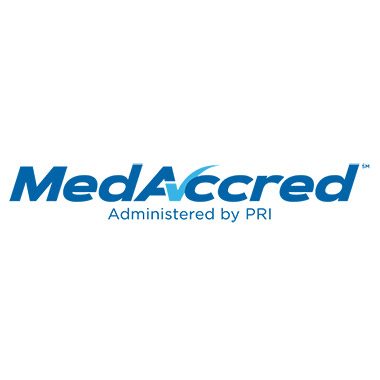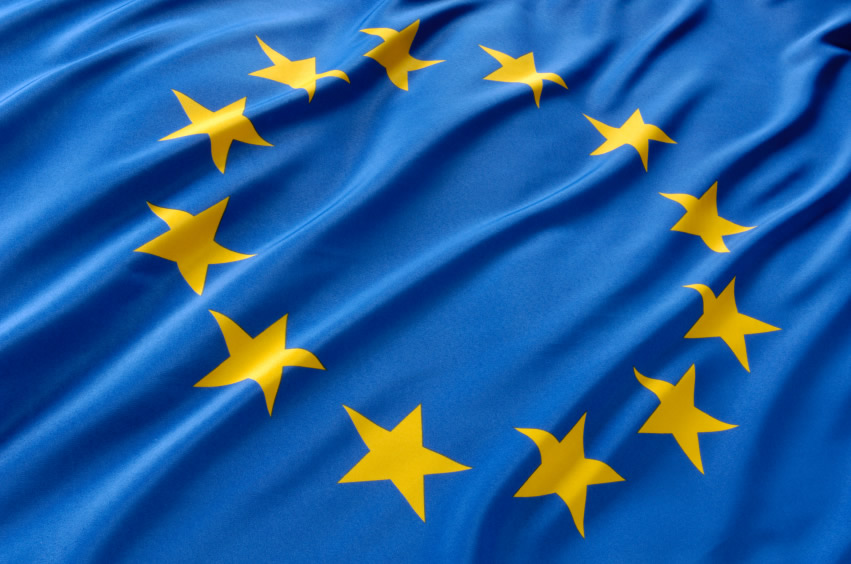

Point of care 3D printing of medical devices has abundant potential. However, many regulatory uncertainties remain.

Point of care 3D printing of medical devices has abundant potential. However, many regulatory uncertainties remain.

The purpose of the Best Practices in Supply Chain Resiliency and Quality Working Group is to improve medical device quality and supply chain resiliency by expanding MedAccred adoption through the tiers in the supply chain, identifying best practices to supplement efforts in quality assurance and procurement strategies, and to help mitigate supply chain risks.

Connectivity in medical devices creates new diagnostic and treatment opportunities, yet at the same time increases the risks of cyberattacks—including their consequences for patient safety and data privacy. Now the new IEC 81001-5-1 standard provides clear technical requirements for manufacturers and developers to ensure the cybersecurity of their products across their life cycle.

The FDA has granted several exemptions to its Medical Device Reporting requirements related to events identified in certain real-world data sources, such as medical device registries.

“Content of Human Factors Information in Device Marketing Submissions” and “Voluntary Malfunction Summary Reporting (VMSR) Program for Manufacturers” are now open for comment.

The position paper from the European Commission’s Medical Device Coordination Group (MDCG) recommends an extended timeline to allow certain MDD or AIMDD certified legacy devices to come into compliance with MDR.

Revised EU GMP Annex 1 requirements must be fulfilled by August 2023. Designed to protect and increase confidence in the sterility of these products, the new specifications are significant and wide-ranging, spanning the Quality system and the manufacturing process itself. Anna Cluet of Rephine discusses the practical specifics of designing and delivering a fit-for-purpose contamination control strategy.

Balwani was found guilty on 10 counts of wire fraud and two counts of conspiracy to commit wire fraud for misleading investors about the financial health of the healthcare startup. He faced up to 20 years in prison for each count.

EU MDR has increased the regulatory burden for medical device companies, but it can also serve as a catalyst for innovation and an opportunity to streamline clinical evaluation workflows through the adoption of digitalization and AI-powered automation.

In addition to challenges brought by new EU MDR, Switzerland has struggled to approve and introduce new devices due to its revised national medical device ordinance, which created even tougher import hurdles.